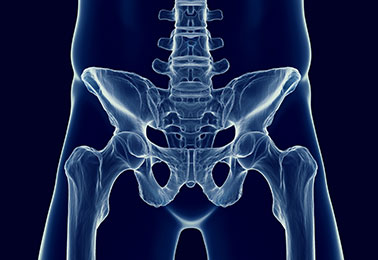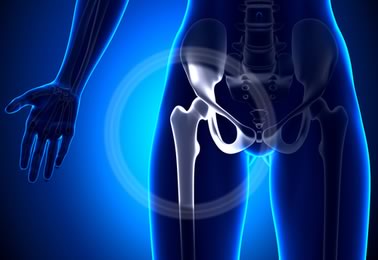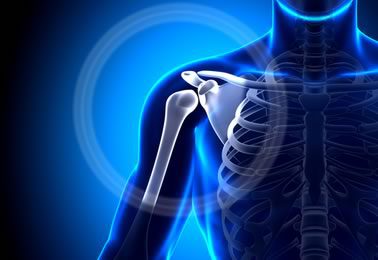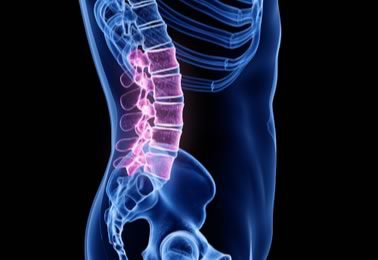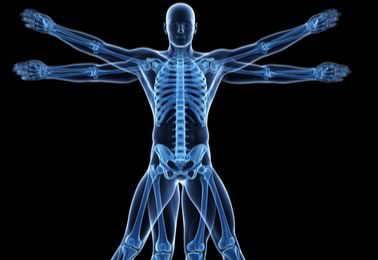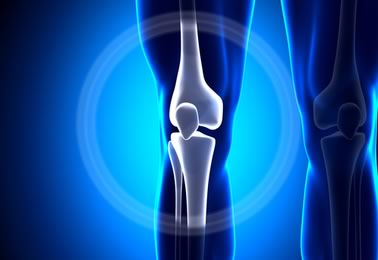Frequently Asked Questions (FAQs)
Common Questions | Hip Questions | Knee Questions | Lower Back Questions | Shoulder Questions | Understanding Your Score
- Do you accept insurance?
We do not accept insurance. By bypassing the cost of expensive insurance, we're able to offer these valuable programs for a much more affordable price. - What do I need to do before starting any exercise program?
Our exercise band purchase will include an email sent directly to you so that you may track your shipment as it is delivered directly to your home. If you do not receive the bands as specified in the tracking email, please contact us. Unfortunately, we are only able to refund a portion of your fee for the exercise bands if you are not satisfied with them. (Sorry, can’t refund the shipping cost at this time)
Please remember, these are LATEX bands, do not order if you are allergic or sensitive to LATEX products. - What if I don’t receive my bands or if they break?
Not every exercise program is perfect for every person. We understand this. If you are not satisfied with this program for any reason, we will refund you 100% of your payment, as long as your request is made within 30 days of your purchase. - What if I am not satisfied with my program?
Not every exercise program is perfect for every person. We understand this. If you are not satisfied with this program for any reason, we will refund you 100% of your payment, as long as your request is made within 30 days of your purchase. - What if I want to talk with someone on the phone?
In rare cases we may call you via telephone, to clear up any problems with orders, refunds, etc. Desire Wellness provides assistance to individuals around the globe, so you can imagine, having a dedicated telephone service is not available at this time. Instead, please email us, as instructed on the ‘Contact Us’ page, and we will do our best to get back to you within 2 business days. - If I feel soreness after doing the exercises, is that normal?
Yes. Some muscular soreness is a completely normal byproduct of resistance training. We actually want a small amount of soreness following resistance training. Too much soreness is not good. Either decrease the resistance used or decrease the number of repetitions if you feel there is too much or uncomfortable muscular soreness. If you do have some mild soreness, drink plenty of water, eat your protein, and get plenty of sleep to grow those muscles stronger! - Is there a form or document that I can share with my physician that outlines and describes the Desire Wellness exercise programs? Can I have my medical provider contact the Desire Wellness team to discuss my participation in the program.
Yes! Please feel free to click this link and either download this form or print it out and share it with your physician or other members of your medical team. This is optional, not a requirement for participation with the program. We are happy to talk with your doctor or medical provider. Our contact information is on the “Letter for your physician or medical provider” form.
Letter for your physician or medical provider >>
Hip Frequently Asked Questions
- Hip and Knee Assessment, also known as Lower Extremity Functional Scale (LEFS)
This is a commonly used questionnaire by health care professionals to objectify lower extremity disability with everyday tasks. Most individuals participating with the Desire Wellness program may not score significantly low. The general population may have disorders that would warrant scoring on this model. Scoring is measured anywhere from 0-100%. The lower the score the greater the disability, as opposed to the Low back and Shoulder Assessments. The higher the score the lower the disability, and higher the function. Optimally, you would like to be at or working towards a score of 100%. This is a great tool to use if you have a problem on one or both sides of the lower extremities.
Click here for Hip & Knee Assessment >> - Hip pain and dysfunction can be a complicated region to treat, strengthen and improve
Hip pain and dysfunction can be a complicated region to treat, strengthen and improve. Pain may arise as referred pain from the low back and pelvis and may even be affected by joints down the chain including the knee, ankle, and foot.
The hip is a ball and socket joint. It includes the thigh bone (femur) and the hip socket (acetabulum). It is much more stable than the ball and socket joint of the shoulder. It must withstand significant forces as a primary weight bearing joint in the body, especially with prolonged walking, jogging, and walking on uneven surfaces. These activities make the hip susceptible to injury, muscle imbalances throughout the pelvis and legs, and weakness from inactivity.
Hip level 1 will slowly and safely assist you with resuming proper posture, easy to follow motion restoration of hip and adjacent joints, and appropriately prepare you for phase 2 and 3 of the program.
Once you have completed level one, successfully implementing its instructions and exercises, you may progress to level two, and so on.
We at Desire Wellness recommend 30 days of participation at each respective level. Each person progresses at his or her own rate.
Remember, everyone is different, taking into account age, medical history, compliance, and ability for each activity. It is best to take your time at each level, not trying to get to the next level too quickly.
Muscle fiber size increase, also called hypertrophy, takes approximately 6-8 weeks to occur. With this in mind, consistency and patience is the key. It is completely normal to have some muscular soreness with this specialized program. Too much soreness might mean you need to either decrease the intensity level, or return back one level and participate with that for a longer period of time. Mild muscular soreness the following day or 2 is your goal.
We are confident that you will see positive results within 30 days.
Knee Frequently Asked Questions
- Knee pain is fairly common with most adults as they age
Knee pain is fairly common with most adults as they age. This may arise from internal tissue degradation, weakness at the knee joint, or improper alignment. This weakness often goes along with weakness at the corresponding hip and pelvic joints. There can be tightness in nearby tissue that keeps the knee from aligning properly, or pain could be referred from the nerves that exit your low back.
The knee is a hinge joint and includes the thigh bone (femur) and the lower leg (tibia and fibula). In addition to the hinge function of the knee there is quite a bit of rotational movement that must occur, without excess, for optimal knee health. The knee is reliant on sufficient strength and flexibility from adjacent areas such as the hip and pelvis to maintain proper knee health and stability.
It is also quite common for an individual who has had a knee surgery or joint replacement, to regress later, despite a successful surgery and post-operative recuperation. Knee pain and tightness will be experienced after nearly every knee surgery, which may be very mild to significant. If optimal strength and flexibility are not continued in that extremity, our bodies feel it as ‘knee pain,” or “instability.”
Once you have completed level 1, successfully performing the exercises without pain or excessive soreness, and are independent with these exercises, you are ready for level 2.
We at Desire Wellness recommend 30 days of participation at each respective level. Each person progresses at his or her own rate.
Remember, everyone is different, taking into account age, medical history, compliance, and ability for each activity. It is best to take your time at each level, not trying to get to the next level too quickly.
Muscle fiber size increase, also called hypertrophy, takes approximately 6-8 weeks to occur. With this in mind, consistency and patience is the key. It is completely normal to have some muscular soreness with this specialized program. Too much soreness might mean you need to either decrease the intensity level, or return back one level and participate with that for a longer period of time. Mild muscular soreness the following day or 2 is your goal.
We are confident that you will see positive results within 30 days. - Hip and Knee Assessment, also known as Lower Extremity Functional Scale (LEFS)
This is a commonly used questionnaire by health care professionals to objectify lower extremity disability with everyday tasks. Most individuals participating with the Desire Wellness program may not score significantly low. The general population may have disorders that would warrant scoring on this model. Scoring is measured anywhere from 0-100%. The lower the score the greater the disability, as opposed to the Low back and Shoulder Assessments. The higher the score the lower the disability, and higher the function. Optimally, you would like to be at or working towards a score of 100%. This is a great tool to use if you have a problem on one or both sides of the lower extremities.
Click here for Hip & Knee Assessment >>
Lower Back Frequently Asked Questions
- Orthoscore Low Back Assessment, also known as Oswestry low back pain disability questionnaire
This is a commonly used questionnaire by health care professionals designed to give information on how your low back is affecting your everyday life. Though most individuals participating with the Desire Wellness program may not score high, the general population may have disorders that would warrant scoring on this model. Scoring is measured anywhere from 0-100% disability. The lower the score, the lower the dysfunction. The higher the score, the higher the dysfunction. Optimally, you would like to be at or working toward 0%.
Click here for Low Back Assessment >>
Please do not focus so much on your first score, most important is that your score trends positively in your favor. Please note, you may never attain a perfect score, this is normal as we age, yet most important is that you are able to maximize function and minimize your regions’ disability. - Low back pain may arise from a multitude of body imbalances and pathological issues
Low back pain may arise from a multitude of body imbalances and pathological issues. Ultimately, the lumbar spine and pelvis symbiotically work best when alignment, strength, and flexibility harmoniously work together to allow the body to function at its greatest potential.
The lumbar spine generally includes 5 bones called vertebrae that help to connect your upper torso to your pelvis and lower body. In practice, this is one of the most commonly treated areas of the body in the physical rehabilitation world. Many jobs are relatively sedentary, making it difficult to be physically active. Low back pain is frequently associated with inadequate physical activity.
Sometimes after injury, surgery, or disease, this balance can be altered leading to pain, weakness, and ultimately functional deficits interrupting your regular daily routine.
When this occurs you are reminded that, in order to regain proper alignment, strength and flexibility, something needs to happen.
Low back level 1 will slowly and safely assist you with resuming proper alignment, regaining proper postural awareness, improving movement patterns and progressing with basic strengthening in preparation for levels 2 and 3.
We at Desire Wellness recommend 30 days of participation at each respective level. Each person progresses at his or her own rate.
Remember, everyone is different, taking into account age, medical history, compliance, and ability for each activity. It is best to take your time at each level, not trying to get to the next level too quickly.
Muscle fiber size increase, also called hypertrophy, takes approximately 6-8 weeks to occur. With this in mind, consistency and patience is the key. It is completely normal to have some muscular soreness with this specialized program. Too much soreness might mean you need to either decrease the intensity level, or return back one level and participate with that for a longer period of time. Mild muscular soreness the following day or 2 is your goal.
We are confident that you will see positive results within 30 days.
Shoulder Frequently Asked Questions
- Shoulder Assessment, also known as the Disabilities of the Arm, Shoulder, and Hand Score (QuickDASH)
This is a widely used questionnaire by health care professionals to objectify upper extremity disability with common daily tasks. Though most individuals participating with the Desire Wellness program may not score high, the general population may have disorders that would warrant scoring on this model. Scoring is measured anywhere from 0-100%. The lower the score, the lower the dysfunction. The higher the score, the higher the dysfunction. Optimally, you would like to be at or working towards 0%. This is a great tool to use with someone that has a problem with either one or both sides. It is a great tool to use over time, such as measuring progress during participation with the Desire Wellness program.
Click here for Shoulder Assessment >>
Please do not focus so much on your first score, most important is that your score trends positively in your favor. Please note, you may never attain a perfect score, this is normal as we age, yet most important is that you are able to maximize function and minimize your regions’ disability. - The shoulder joint is a complex structure.
The shoulder joint is a complex structure including the bony anatomy of the shoulder blade (scapula), collar bone (clavicle), and the upper arm (humerus). There is a multitude of muscular and nerve elements within the shoulder girdle, which are susceptible to compromise through various injuries, weakness, imbalances and disease.
The shoulder is a ball and socket joint that is highly mobile, which makes it susceptible to injury. Typically conservative care is initially prescribed, with physical therapy and/or possibly an anti-inflammatory agent used to assist with improving symptoms. At times, surgical intervention is necessary for an individual to resume his or her previous normal daily activities.
Once treated, it is vital to maintain and/or improve strength and flexibility within the entire shoulder girdle, treating individual portions, yet understanding it all working together for you to resume normal life and functional capacity.
Shoulder level 1 will safely assist you with maintaining or resuming proper alignment, educating you on optimal shoulder and spinal posture, with basic level strengthening in preparation for increased demand with the corresponding following levels.
Once you have completed level one, successfully implementing its instructions and exercises, you may progress to level two, and so on.
We at Desire Wellness recommend 30 days of participation at each respective level. Each person progresses at his or her own rate.
Remember, everyone is different, taking into account age, medical history, compliance, and ability for each activity. It is best to take your time at each level, not trying to get to the next level too quickly.
Muscle fiber size increase, also called hypertrophy, takes approximately 6-8 weeks to occur. With this in mind, consistency and patience is the key. It is completely normal to have some muscular soreness with this specialized program. Too much soreness might mean you need to either decrease the intensity level, or return back one level and participate with that for a longer period of time. Mild muscular soreness the following day or 2 is your goal.
We are confident that you will see positive results within 30 days.
Understanding Your Score
- Hip and Knee Assessment, also known as Lower Extremity Functional Scale (LEFS)
This is a commonly used questionnaire by health care professionals to objectify lower extremity disability with everyday tasks. Most individuals participating with the Desire Wellness program may not score significantly low. The general population may have disorders that would warrant scoring on this model. Scoring is measured anywhere from 0-100%. The lower the score the greater the disability, as opposed to the Low back and Shoulder Assessments. The higher the score the lower the disability, and higher the function. Optimally, you would like to be at or working towards a score of 100%. This is a great tool to use if you have a problem on one or both sides of the lower extremities.
Click here for Hip & Knee Assessment >> - Orthoscore Low Back Assessment, also known as Oswestry low back pain disability questionnaire
This is a commonly used questionnaire by health care professionals designed to give information on how your low back is affecting your everyday life. Though most individuals participating with the Desire Wellness program may not score high, the general population may have disorders that would warrant scoring on this model. Scoring is measured anywhere from 0-100% disability. The lower the score, the lower the dysfunction. The higher the score, the higher the dysfunction. Optimally, you would like to be at or working toward 0%.
Click here for Low Back Assessment >>
Please do not focus so much on your first score, most important is that your score trends positively in your favor. Please note, you may never attain a perfect score, this is normal as we age, yet most important is that you are able to maximize function and minimize your regions’ disability. - Shoulder Assessment, also known as the Disabilities of the Arm, Shoulder, and Hand Score (QuickDASH)
This is a widely used questionnaire by health care professionals to objectify upper extremity disability with common daily tasks. Though most individuals participating with the Desire Wellness program may not score high, the general population may have disorders that would warrant scoring on this model. Scoring is measured anywhere from 0-100%. The lower the score, the lower the dysfunction. The higher the score, the higher the dysfunction. Optimally, you would like to be at or working towards 0%. This is a great tool to use with someone that has a problem with either one or both sides. It is a great tool to use over time, such as measuring progress during participation with the Desire Wellness program.
Click here for Shoulder Assessment >>
Please do not focus so much on your first score, most important is that your score trends positively in your favor. Please note, you may never attain a perfect score, this is normal as we age, yet most important is that you are able to maximize function and minimize your regions’ disability.
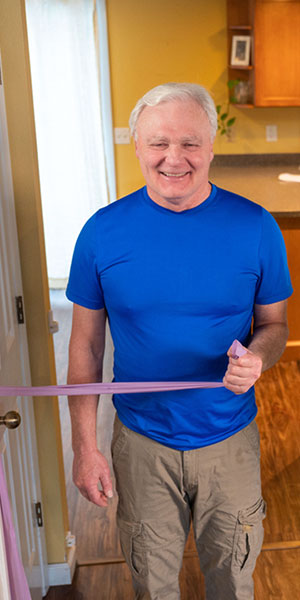
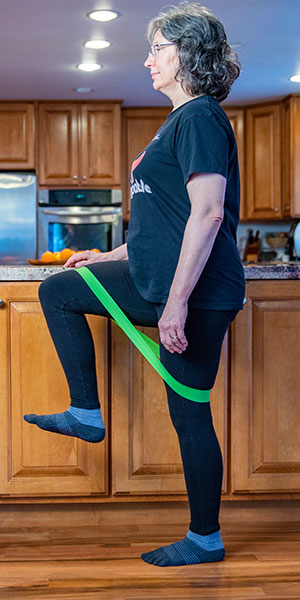
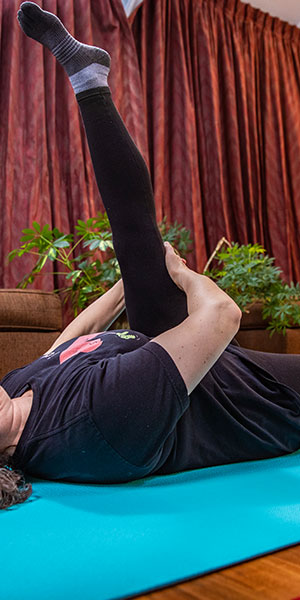
Advantages of Desire Wellness
- Research and Evidence based
- Objectively Track Your Progress
- Feel Better in 5 Days
- Unlimited 24/7 Access
- No Appointments, Waiting, or Travel
We Want to be Part of Your Success Story!

